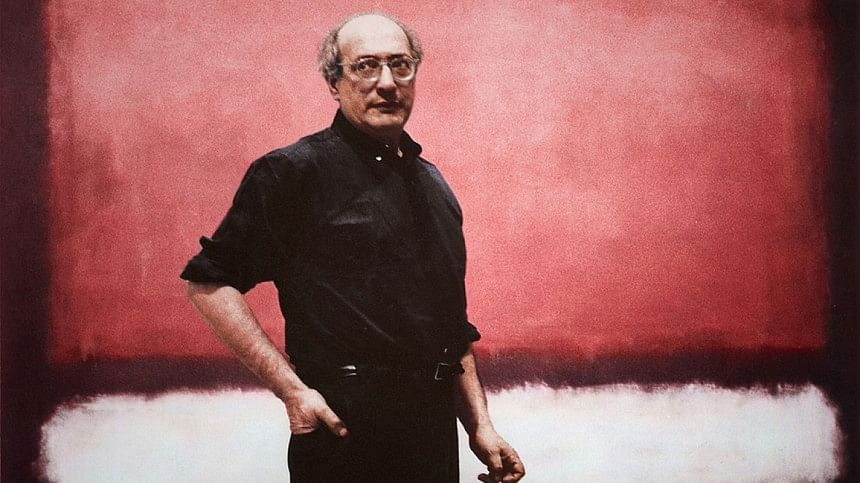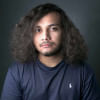Mark Rothko: Elegy in Colour

"A painting is not a picture of an experience, but is the experience."
Have you ever been pierced by emotions that can only be felt and are impossible to articulate with words? Trying to encapsulate the essence of a Rothko with words is equally challenging. Nevertheless, on the occasion of his 120th birthday, this is a humble attempt to merely introduce you to the master of abstract expressionism, Mark Rothko.
Mark Rothko was born as Marcus Rothkowitz on September 25, 1903, in Dvinsk, a part of the Russian Empire. Fleeing anti-Semitic persecution in Russia, his family relocated to the United States in late 1913. In 1923, he moved to New York with aspirations of becoming an artist. Over the years, he explored many artistic styles until he discovered his signature motif-- rectangular forms floating on a stained field of colour.
Like other great works of art, regardless of medium, truly appreciating a Rothko requires spending ample time with it, and gradually, it will reveal itself to you, eventually engulfing you. In fact, it is not uncommon for people to burst into tears or sit quietly with their thoughts when confronted with his paintings.
Perhaps unsurprisingly, Rothko's most perilous battleground was his own mind, as he battled depression throughout his life, even at the zenith of his career and personal life. This inner struggle is reflected in his paintings: as his depression gradually worsened over the years, his colour palette shifted from shades of yellows to oranges and reds, then to darker purple-greens, maroons, and finally greys and blacks.

On February 25, 1970, the Tate Gallery in London received a donation from Rothko himself-- nine canvases from his iconic body of work known as the "Seagram Murals". Just hours later, Rothko tragically took his own life. He was discovered dead in his Manhattan studio, in a pool of blood, in an area roughly six by eight feet wide—coincidentally, about the size of one of his paintings. His suicide forever altered our interpretation of his creations.
We may never know if Rothko found peace in his final moments, but he left behind creations that serve as portals to inexplicable introspection.

 For all latest news, follow The Daily Star's Google News channel.
For all latest news, follow The Daily Star's Google News channel. 




Comments